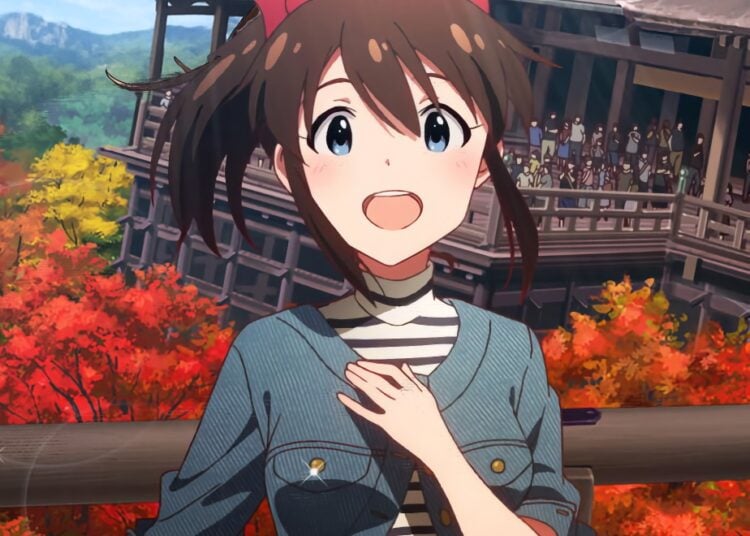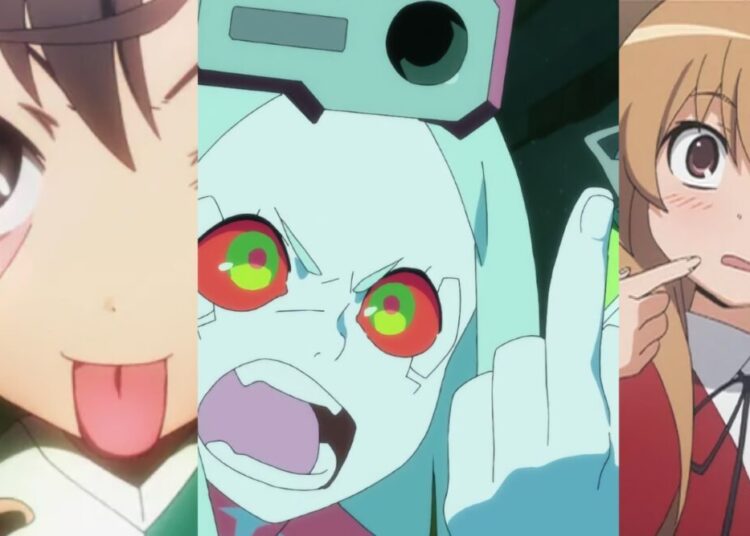Japan is buzzing about North Korea’s reported underground nuclear test, which took place a few hours ago. The news comes just as Prime Minister Shinzo Abe arrives in Seoul for his first meeting with South Korean President Moo-hyun to begin work on some of the problems that stand between the two countries, including Yasukuni Shrine and Takeshima, an island that both sides are claiming as theirs. As if we needed another reason to dislike living next to one of the world’s scariest nations, now we’ve got confirmed nukes within range of Tokyo, with my home prefecture right in the line of fire. Um, would any country out there be willing to trade places with Japan and live next to North Korea? We’d really appreciate it.
One Japanese concept that was quite hard for me to get down was aisatsu (AI-sa-tsoo), which means “greetings” and is quite a multifaceted idea. Before I started J-List, I worked at our local City Office as an “Officer of Inter- nationalization,” doing things like helping other gaijin who didn’t speak Japanese when they had problems or needed to use city services. The world of Japanese public employees is a very formal one, and greeting everyone with “ohayo gozaimasu” in the mornings was a strict requirement. Children are raised to greet others too, especially their teachers and upperclassmen, and this symbolic showing of respect is an important part of Japan’s “vertically oriented” social system which draws lines between seniors in a school or organization (senpai), students in the same level as you (dokyusei) and juniors/lowerclassmen (kohai). One concern that many of the parents at my son’s special elementary school have is, because the students are in the first graduating class of the school, there are no senpai for them to interact with, which some fear would handicap them socially when they get out in the real world. The word aisatsu is applied to some other situations, too, such as when you move into a new apartment and give a small towel to your neighbors as a way of introducing yourself, or the long, drawn out speeches given by the head of any organization at any formal event, like a wedding. The other day, a neighbor brought us a package of manju cakes (rice cakes with sweet beans inside, which I’ve lived in Japan long enough to love). He was about to start construction on a new house, and had brought us the gift to apologize in advance for the inconvenience and noise that the construction would cause.
One word that has fast becoming a part of English seems to be kawaii (ka-wah-EE, 可愛い written properly), the Japanese term that corresponds to the word “cute” as applied to puppies, kittens, anime characters and most Japanese girls. Grammatically, it’s an “i-adjective,” like the words oishii (delicious、 美味しい) or takai (tall, expensive、高い), meaning that it ends in a hiragana ‘i’ (い) sound. Some similar words are kirei (pretty in an elegant way; can also mean clean、奇麗) and utsukushii (beautiful、美しい), and my wife and I have long debates about whether a given actress on TV is cute, pretty or beautiful. Some examples of expressing ‘cute’:
Kawaii!
[That is] cute!
(the subject is usually omitted, it’s whatever you’ve just been talking about)
Kawaiku nai
[That is] not cute
‘i’ changes to ‘ku’ + nai for negative, used in anime a lot
Kawaiku naru
to become cute
‘ku’ functions as ‘ly’ in English, changing adjective to advert
Bonus point! Can you extrapolate how to say “not delicious” or “not expensive”
in Japanese? If so, you’ll have taken your first step into a larger world.















